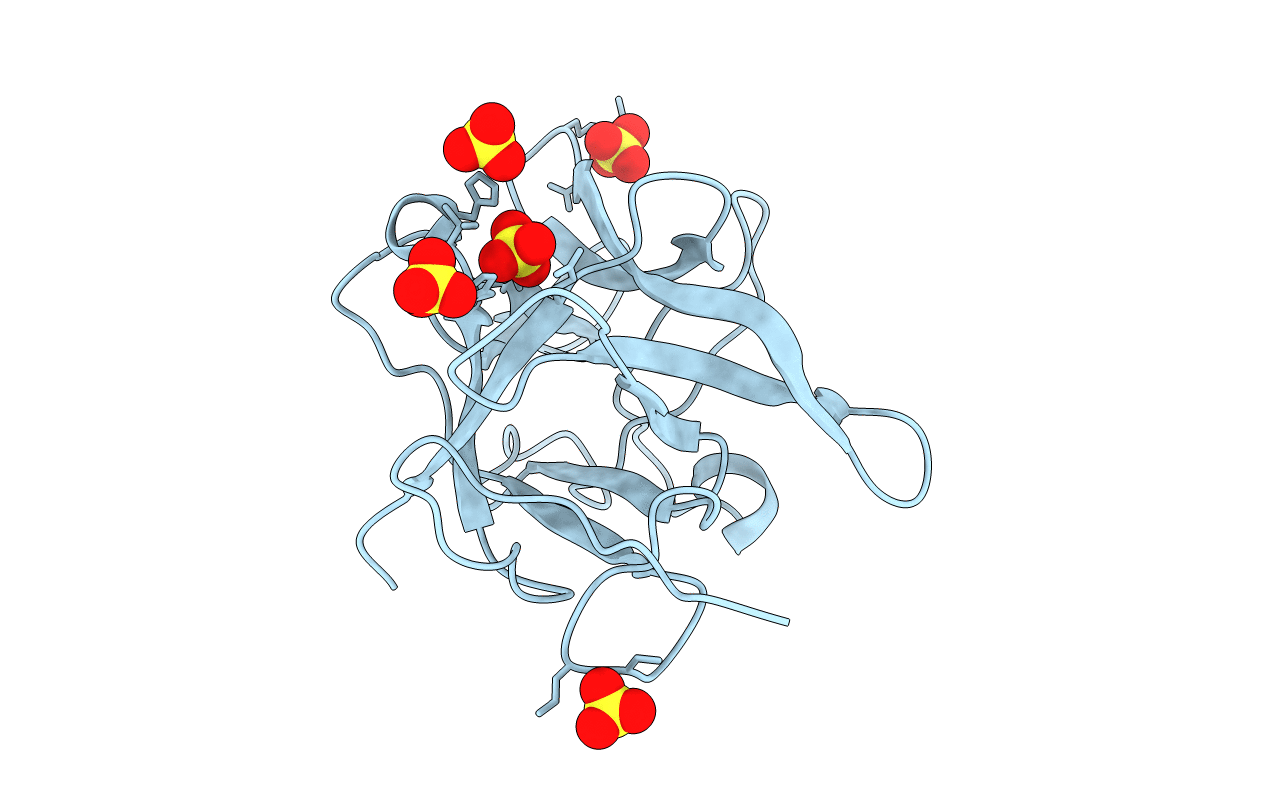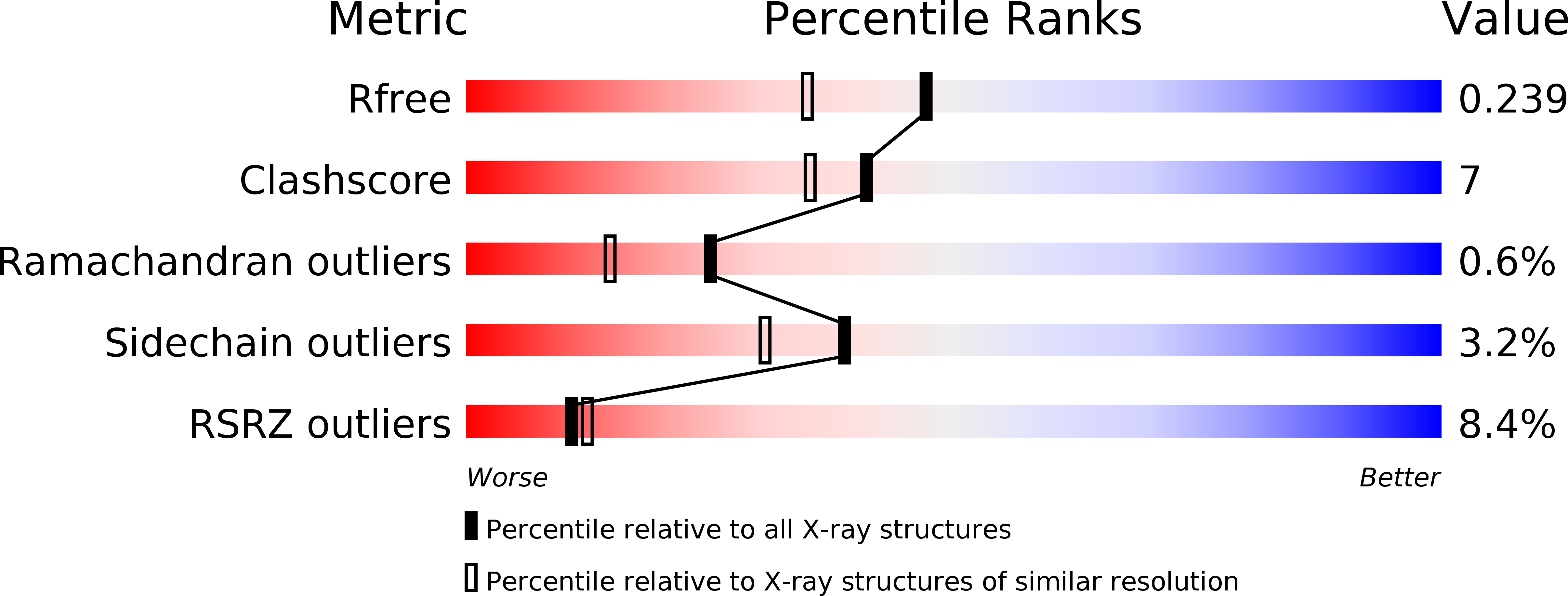
Deposition Date
2000-05-07
Release Date
2000-05-24
Last Version Date
2024-10-16
Entry Detail
PDB ID:
1EYL
Keywords:
Title:
STRUCTURE OF A RECOMBINANT WINGED BEAN CHYMOTRYPSIN INHIBITOR
Biological Source:
Source Organism:
Psophocarpus tetragonolobus (Taxon ID: 3891)
Host Organism:
Method Details:
Experimental Method:
Resolution:
1.90 Å
R-Value Free:
0.24
R-Value Work:
0.19
R-Value Observed:
0.23
Space Group:
P 61 2 2


